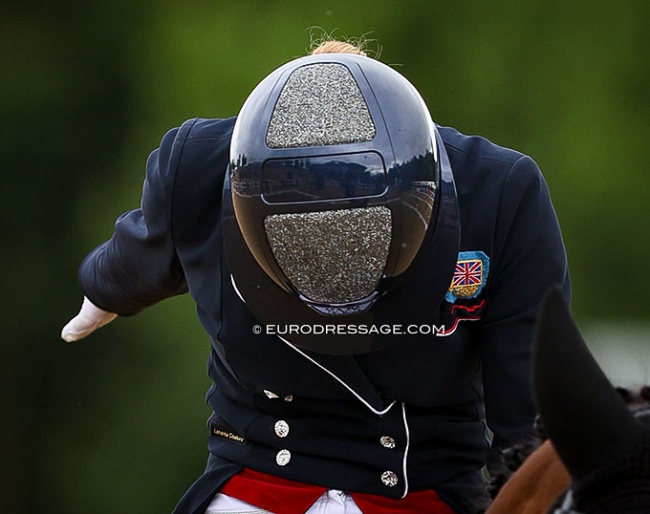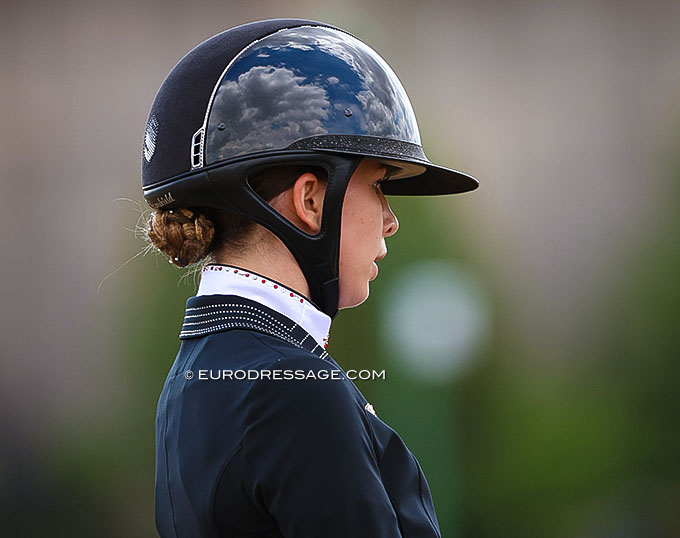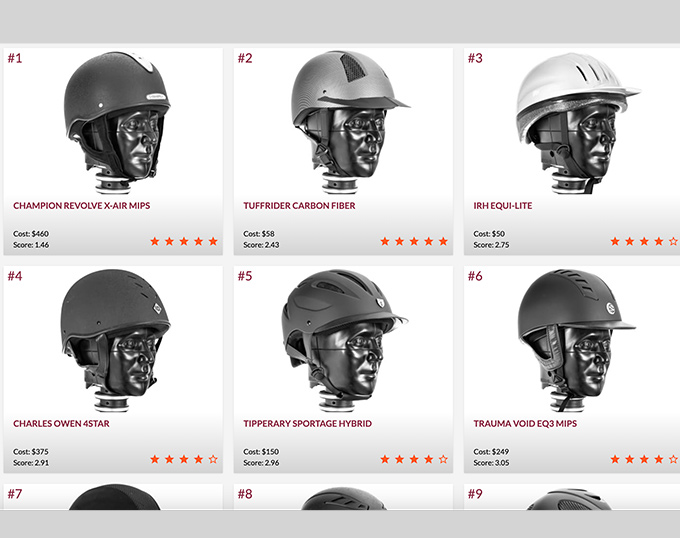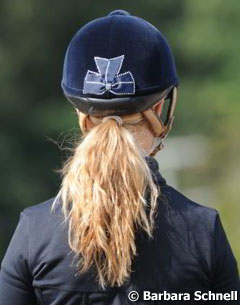
On 7 December 2022, the Virginia Tech Helmet Lab released the results of its first-ever rating of equestrian helmets.
All helmets sold must be certified to meet minimum safety requirements set by standards organizations. These standards are evaluated with testing on a pass/fail basis. However, not all helmets are created equal and two helmets that meet the standard may offer different levels of impact protection.
The Virginia Tech Helmet Lab supplements these standards with sports-specific impact testing and rates helmets on a 5 star scale. This scale informs consumers on the relative differences of helmet protection in the context of reducing risk of head injury.
The Study
Over the past two years, Virginia Tech researchers analyzed over 100 videos of riders falling off horses, precisely measured the hardness of the sand, dirt, grass, and synthetic surfaces underfoot at equestrian events, and dragged dummy heads and other equipment — and boxes and boxes of helmets — out to Virginia Tech’s equestrian facilities to simulate falls.
Then the team of researchers from the Department of Biomedical Engineering and Mechanics took all that data back to the lab to recreate those events in a series of controlled, quantitative tests. They used those tests to assess 40 equestrian helmets from different manufacturers. The result is the first set of equestrian helmet ratings from the renowned Virginia Tech Helmet Lab.
If a rider’s head hits the ground in a fall, their helmet can determine whether the rider makes it through without an injury. That’s why the Helmet Lab wanted to determine which helmets perform better than others. Of the 40 models included in this initial set of ratings, two earned the top score of five stars. Eleven earned four, and the rest earned three or below. Price isn’t necessarily a predictor of quality: One of the two five-star helmets retails for $460, and the other for $58.
The ratings apply to falls that occur at all gaits as well as jumping.
Gaps Between Safety Standars and Actual Impacts

“Standards for equestrian helmets are typically based on severe impacts,” Duma said. “What we found is that a lot of riders come off at lower velocities, and many helmets are too stiff to effectively cushion those softer impacts. The helmets that perform better are able to deal with different energy levels.”
Virginia Tech’s ratings also go beyond the existing standards by using a formula that considers the rotational acceleration that occurs when a rider’s head hits the ground, in addition to linear acceleration.
Ratings on a 5 star scale
This is the lab’s ninth major ratings release since researchers began rating helmets in 2011. They have tested and rated helmets for varsity, youth, and flag football; soccer; cycling; hockey; snow sports; and whitewater sports, transforming the science of sports safety by giving athletes, parents, and coaches unbiased, quantitative data they can use to choose the safest equipment.

“Every sport is different. Football is played on grass; hockey is played on ice. Those are very different from falling on dirt and sand,” Duma said. “With every sport we look at we go through detailed analysis to make sure that the biomechanics we’re testing relate specifically to those athletes. For these ratings, we determined what the acceleration profile would look like for a rider falling on the ground. Then we take that trace and bring it into the lab and recreate it, to make sure that our testing matches what a rider would experience if they fell off a horse.”
Measuring Impact
The pendulum impactor used for the equestrian helmet testing sits in a lab space outfitted with custom-built test equipment in the basement of the headquarters of the Institute for Critical Technology and Applied Science, an interdisciplinary investment institute where Duma is the director.

The research was funded by private donors, led by equestrian enthusiast and philanthropist Jacqueline Mars and three national equestrian foundations: the U.S. Equestrian Federation, the U.S. Hunter Jumper Association, and the U.S. Eventing Association.
Duma emphasized how fortunate the lab has been to receive this kind of support. “Their gifts made these ratings possible,” he said.
See Where Your Helmet Ranks!!
The equestrian ratings, and those for the other sports the lab has studied, are available on the Virginia Tech Helmet Ratings website, along with the corresponding test methods.
That allows companies to use the protocols to evaluate designs and prototypes, optimizing a new helmet’s safety profile before it ever hits the market.
Photos © Astrid Appels - Barbara Schnell
Related Links
Daniel Pinto: "Top Hat or Helmet - Shouldn't it be Each Rider's Choice?"
Second Request for Pro Choice Top Hat Gets a No, Marshmallow Fluff to Be Banned, FEI Dressage Rule Revisions to be Voted On
Isabell Werth Shows Off Golden Helmet in Frankfurt and Makes a Statement
Steffen Peters Retires Top Hat; Will Wear Helmet in FEI Competitions
Silvia Rizzo, Ambassador for Helmet Wearing on 2015 International Helmet Awareness Day
Six Dressage Riders Recognized with 2012 Craig Ferrell Equestrian Safety Award